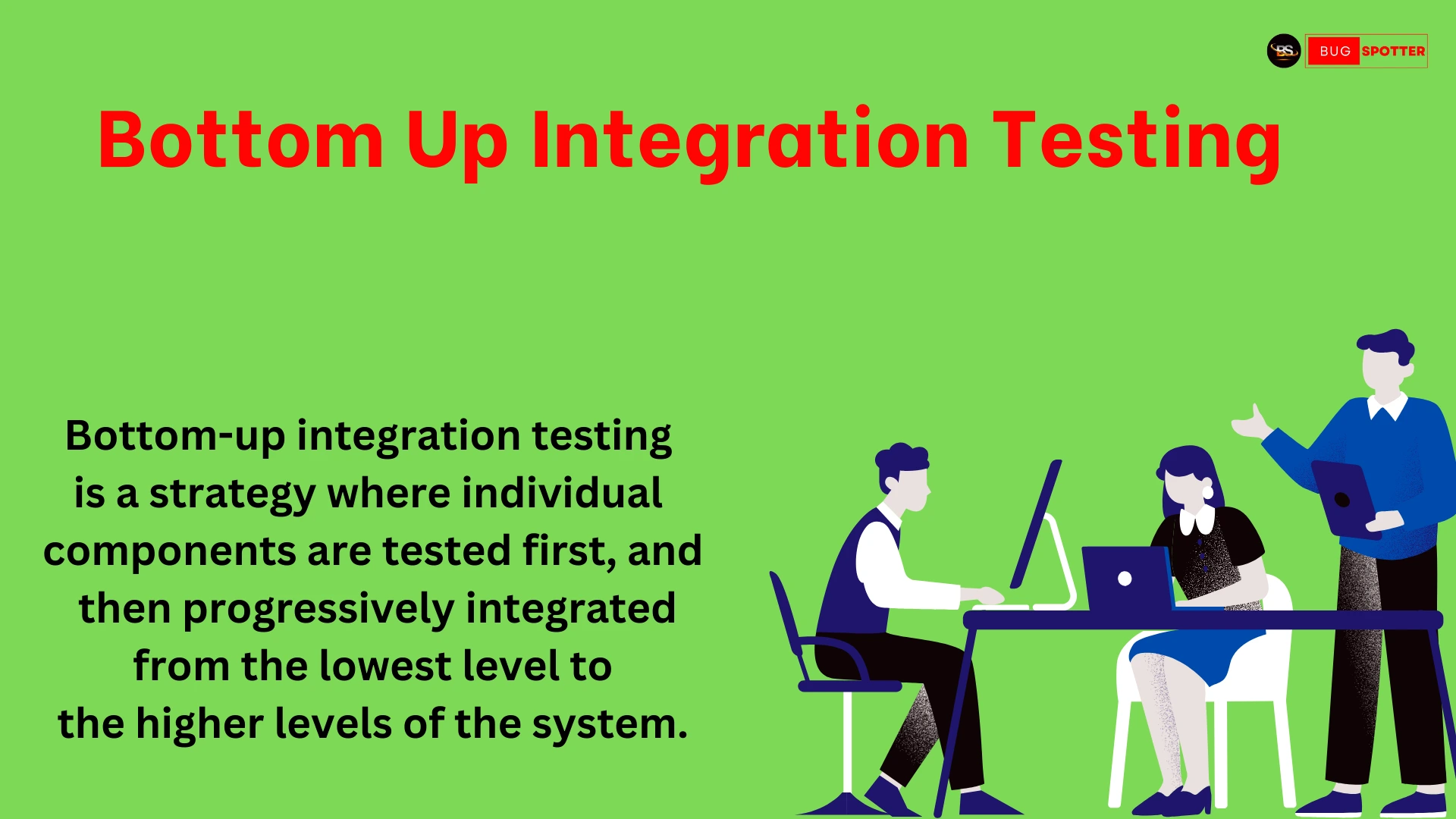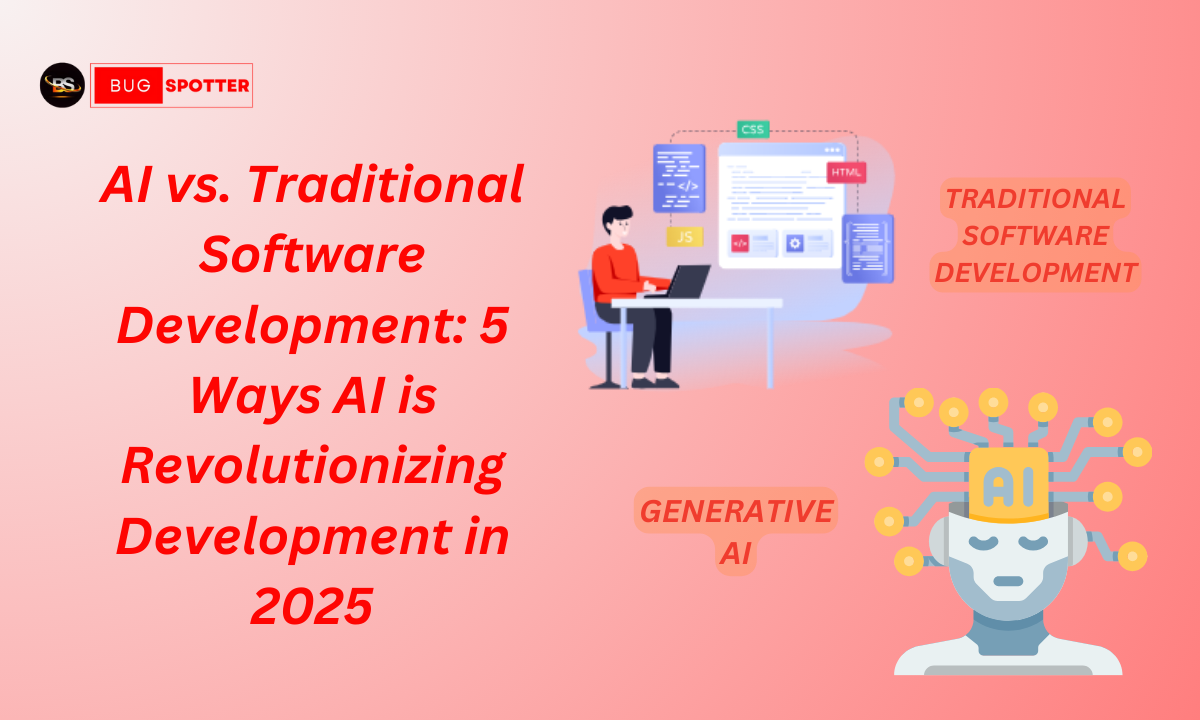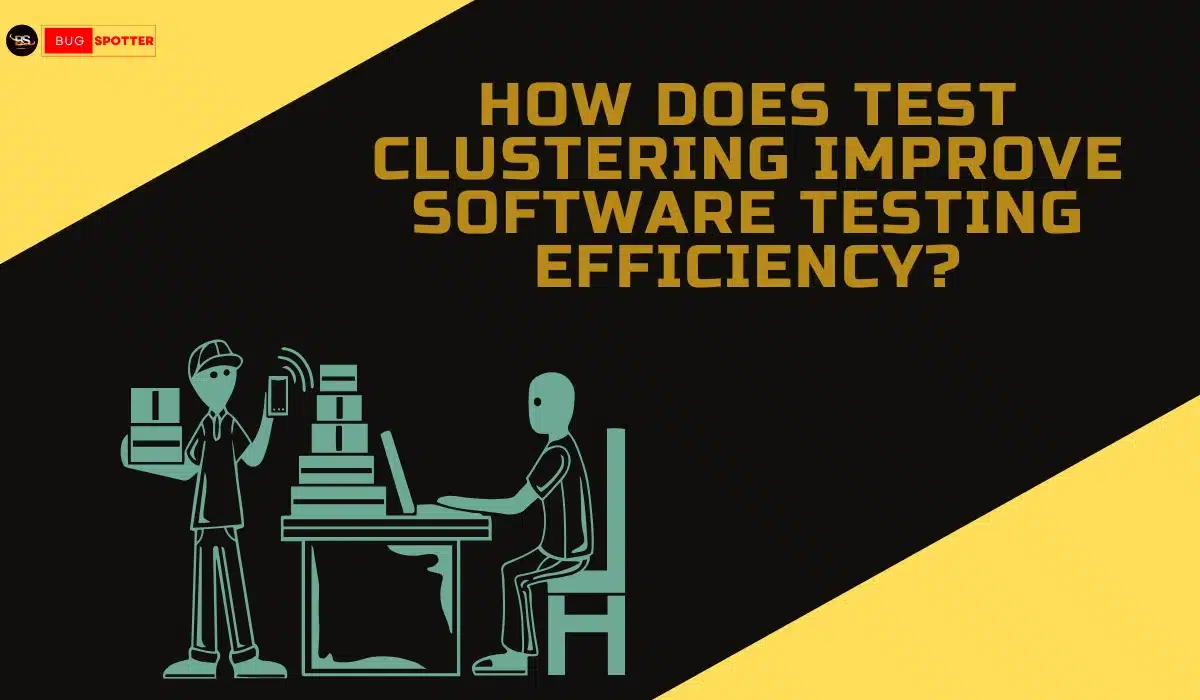What is AWS Glue?
AWS Glue

In today’s data-driven world, organizations generate and collect vast amounts of data from various sources. However, raw data is often scattered, unstructured, and difficult to analyze. To make data useful, businesses need an efficient way to extract, transform, and load (ETL) data into a structured format. This is where AWS Glue, a fully managed ETL service by Amazon Web Services (AWS), comes into play.
Understanding AWS Glue
AWS Glue is a serverless data integration service designed to prepare, transform, and load data for analytics, machine learning, and application development. It automates the data preparation process, making it easier for users to move and transform data between different storage sources.
AWS Glue supports multiple data sources, including Amazon S3, Amazon RDS, Amazon Redshift, DynamoDB, and external databases, making it a powerful solution for handling large-scale data processing tasks.
Key Features of AWS Glue
1. Serverless and Scalable
AWS Glue eliminates the need for infrastructure management. It automatically scales computing resources based on the workload, reducing operational complexity. Since AWS Glue is a serverless service, users do not need to provision, configure, or manage servers. This results in reduced costs and increased efficiency.
2. Automated ETL Process
AWS Glue simplifies ETL workflows by automating data discovery, schema inference, and job execution. It generates ETL scripts in Apache Spark or Python that can be customized as needed. The automated nature of AWS Glue speeds up data preparation tasks, enabling businesses to extract insights faster.
3. AWS Glue Data Catalog
AWS Glue can detect schema changes in datasets and update table definitions accordingly, ensuring smooth data processing. This feature is particularly useful when working with continuously evolving data sources, preventing failures due to schema mismatches.
4. Schema Evolution
The AWS Glue Data Catalog is a centralized metadata repository that stores table definitions, schema versions, and data locations. It enables users to easily organize and search for datasets. The Data Catalog integrates seamlessly with other AWS services such as Amazon Athena, Redshift Spectrum, and Amazon EMR, allowing for efficient querying and analytics.
5. Visual ETL with AWS Glue Studio
AWS Glue Studio provides a visual drag-and-drop interface for building and running ETL workflows, making it accessible for both technical and non-technical users. This allows users to create, modify, and monitor ETL jobs without writing complex code, improving productivity and ease of use.
6. Job Scheduling and Orchestration
Users can schedule and chain multiple ETL jobs using AWS Glue Workflows, ensuring data is processed and loaded efficiently. AWS Glue allows for event-driven ETL execution, where jobs can be triggered by events such as new file uploads in Amazon S3 or changes in a data source.
7. Security and Compliance
AWS Glue integrates with AWS Identity and Access Management (IAM), enabling fine-grained access control and encryption of data for secure data processing. It supports encryption at rest and in transit, ensuring that sensitive data is protected at all stages of the ETL pipeline.
8. Support for Various Data Formats
AWS Glue can process multiple data formats, including CSV, JSON, Parquet, ORC, and Avro, making it highly flexible for various data transformation needs. This capability allows businesses to work with diverse data sources and formats without complex data conversions.
Use Cases of AWS Glue
1. Data Lakes and Warehousing
AWS Glue helps move and structure data from raw storage (e.g., Amazon S3) into data lakes or data warehouses like Amazon Redshift for analytics and reporting. Organizations can automate data ingestion, cleaning, and structuring, making data readily available for querying and analysis.
2. Machine Learning Data Preparation
Data scientists can use AWS Glue to clean and prepare large datasets for training machine learning models in services like Amazon SageMaker. Data preprocessing is a crucial step in machine learning, and AWS Glue enables efficient handling of structured and unstructured data for feature engineering and model training.
3. Log and Event Processing
AWS Glue can transform semi-structured log files (e.g., JSON, CSV, Parquet) into structured data, making them easier to analyze in tools like Amazon Athena. Businesses can automate log ingestion, normalization, and aggregation, allowing for real-time monitoring and insights.
4. Data Migration
Organizations migrating from on-premise databases to the cloud can use AWS Glue to seamlessly extract and transform data into cloud-based storage solutions. AWS Glue simplifies data migration by automating schema conversion and data transfer, reducing the time and effort required for large-scale migrations.
5. Real-time Data Processing
With AWS Glue streaming ETL, businesses can process and transform streaming data in real-time from sources like Amazon Kinesis and Apache Kafka. This capability is useful for fraud detection, IoT analytics, and real-time dashboarding.
How to Get Started with AWS Glue
Define a Data Source – Identify where your data resides (e.g., Amazon S3, RDS, Redshift).
Create a Crawler – AWS Glue crawlers automatically scan data sources to identify structure and schema.
Use the AWS Glue Data Catalog – Manage metadata and schemas for efficient data organization.
Develop an ETL Job – AWS Glue generates ETL scripts that can be customized or used as-is.
Run and Monitor the Job – Execute the job, schedule future runs, and monitor progress through AWS Glue Studio or AWS CloudWatch.
Optimize Performance – Tune job performance by selecting the right worker type, partitioning data, and leveraging AWS Glue’s built-in optimizations.
Pricing Model
AWS Glue follows a pay-as-you-go pricing model, which means users are billed based on actual usage. The cost is determined by the number of Data Processing Units (DPUs) used for ETL jobs, crawlers, and interactive sessions. Since AWS Glue is serverless, users only pay for the resources consumed during job execution, making it a cost-efficient solution for scalable data processing.

Valerie Rodriguez
Dolor sit amet, adipiscing elit. Ut elit tellus, luctus nec ullamcorper mattis, pulvinar dapibus leo.
Latest Posts
- All Posts
- Software Testing
- Uncategorized





Software Services
Good draw knew bred ham busy his hour. Ask agreed answer rather joy nature admire.
Categories
- Artificial Intelligence (5)
- Best IT Training Institute Pune (9)
- Cloud (2)
- Data Analyst (55)
- Data Analyst Pro (15)
- data engineer (18)
- Data Science (104)
- Data Science Pro (20)
- Data Science Questions (6)
- Digital Marketing (4)
- Full Stack Development (7)
- Hiring News (41)
- HR (3)
- Jobs (3)
- News (1)
- Placements (2)
- SAM (4)
- Software Testing (70)
- Software Testing Pro (8)
- Uncategorized (33)
- Update (33)
Tags
- Artificial Intelligence (5)
- Best IT Training Institute Pune (9)
- Cloud (2)
- Data Analyst (55)
- Data Analyst Pro (15)
- data engineer (18)
- Data Science (104)
- Data Science Pro (20)
- Data Science Questions (6)
- Digital Marketing (4)
- Full Stack Development (7)
- Hiring News (41)
- HR (3)
- Jobs (3)
- News (1)
- Placements (2)
- SAM (4)
- Software Testing (70)
- Software Testing Pro (8)
- Uncategorized (33)
- Update (33)





